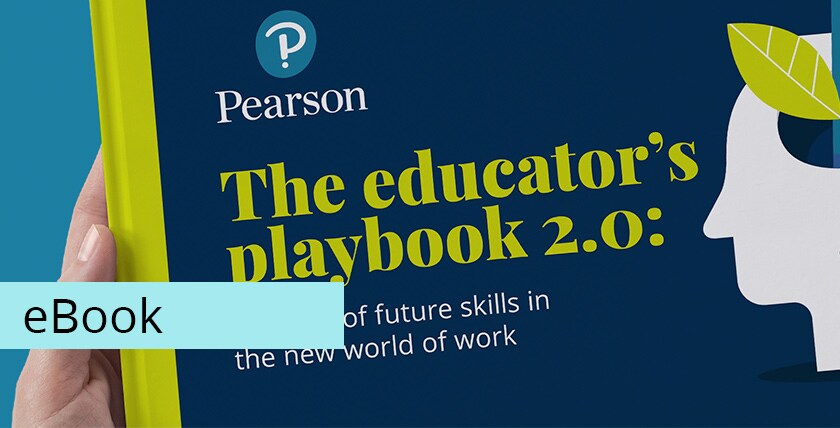Why educators have a role to play in developing learner soft skills

Jason Gregory, International Director, UK BTEC & Apprenticeships at Pearson, says that educators need to provide the framework for learners to hone their soft skills on the go, as industry requirements are changing rapidly in the modern world of work. This is a challenge for the teaching of technical, hard skills because they tend to have a shorter shelf life in today’s climate. Whereas soft skills – i.e. people skills, collaboration skills, attitudes and attributes – are evergreen and work to serve current and future workers well in the pursuit of professional progression.
Jason notes that employers expect learners to demonstrate proficiency in the aforementioned three key areas; however, as Jason notes, the reality is these skills are missing from the talent pool.
“We're increasing now in our own research and really seeing that virtually every job role now has some form of digital skills requirements, some information technology (IT) skills, as well. So, it’s about ensuring that we understand what the future, digital skills required for each of those job roles are to ensure the pedagogy is cutting-through.
“Employers are asking for these skills and are saying they’re missing from people coming out of education institutions. We need to have a well-rounded future skills package that covers the technical, digital, data and people skills elements.”
Jason says that in order to assist learners in developing learner knowledge, skills, attitudes, and values as it pertains to future skills is clear: adopt some more applied experiential learning methodologies and pedagogy. He adds that integrated learning is extremely valuable here, too, and it’s an initiative that Pearson assumes with its education partners.
“If you have a problem-solving task at hand, how you best learn to develop and hone the skills and attitude required to handle that task, is to apply that learned behaviour to a real-life scenario and task. For example, if you’re an engineer, you should be applying problem-solving skills to a particular task that you would do as an engineer in your real-life workplace environment.
“This really is what we do to help train teachers to adopt this experiential applied learning approach and problem-solving pedagogy, and then we create assignments and scenarios in our courseware that helps enable the application of those attitudes. I think that’s a real key aspect which sits within our BTEC methodology of teaching and learning, as well. It’s moving away from that didactic to more academic teaching and applied learning.”













